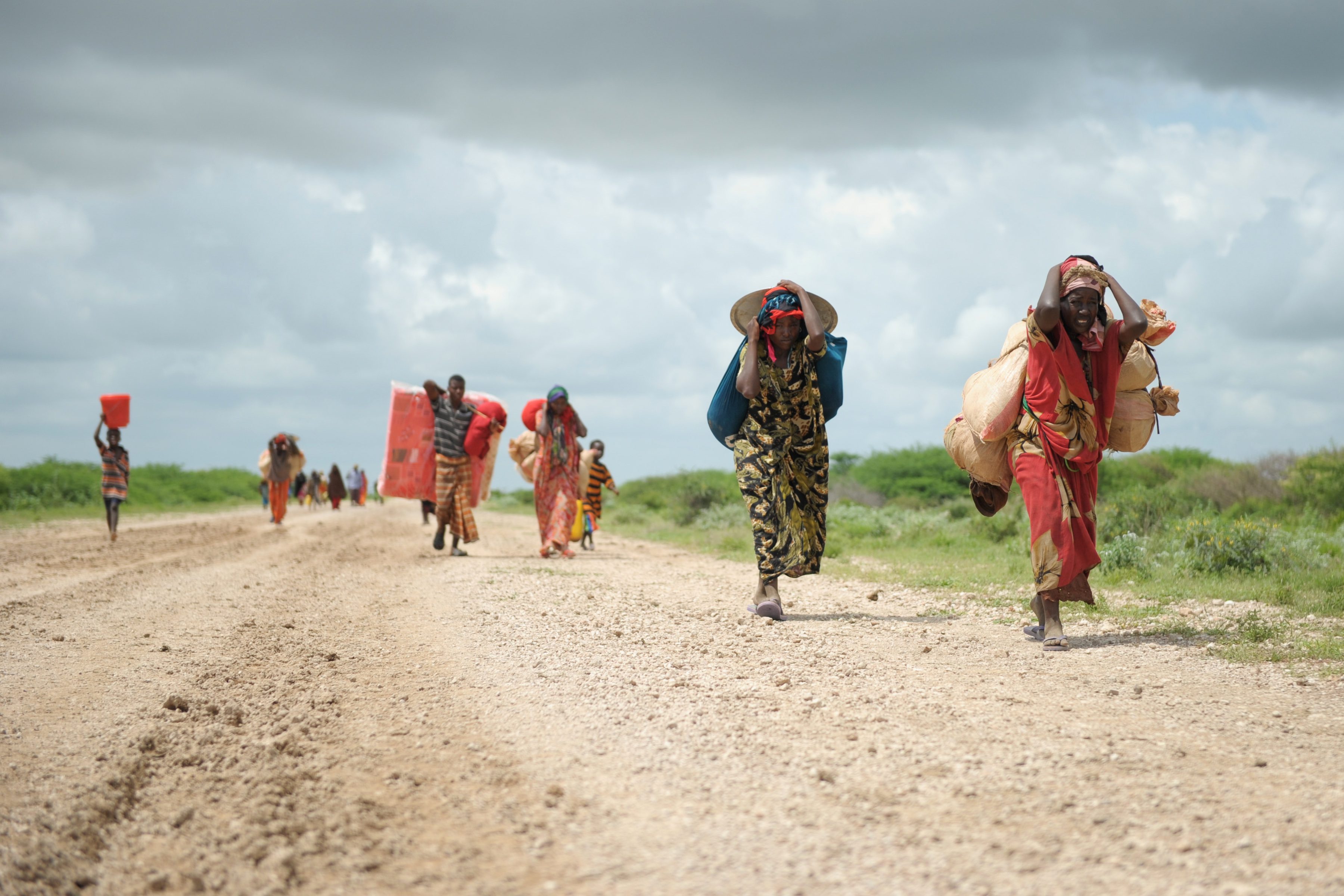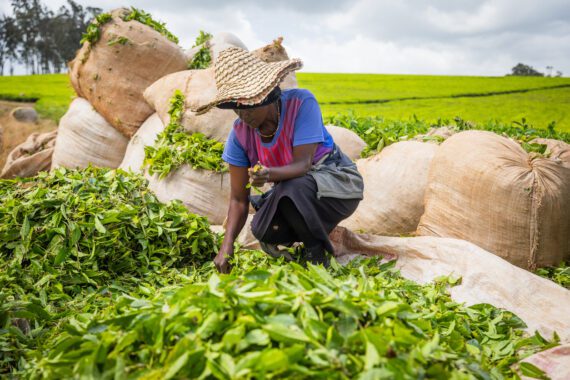By Todd Post, Bread for the World Institute
Bread for the World Institute’s 2017 Hunger Report, Fragile Environments, Resilient Communities, is now available online and in print. This is the 27th annual report. While all Hunger Reports have been timely, I suspect this one may be the timeliest of all. But more on that in a moment.
Ending global hunger by 2030 is within our reach. No one expects it to be easy, and in some places it will be very difficult, but there is good reason to be optimistic about the end of hunger.
It wasn’t widely reported in the U.S. media, but between 2000 and 2015, most countries were engaged in working to achieve the Millennium Development Goals (MDGs). By the end of 2015, MDG 1, which called for cutting hunger in half, had very nearly been achieved. Given the success of the MDGs on hunger and extreme poverty, it’s realistic to set our sights on ending hunger.
2030 is the deadline set to achieve the Sustainable Development Goals (SDGs), which essentially pick up where the MDGs left off. Adopted in September 2015, the 17 interrelated SDGs include the goal of ending hunger. The SDGs include all of the MDGs as well as others, such as goals related to peace and climate change. The SDGs draw attention to the multidimensional characteristics of conditions like hunger and poverty. They were adopted by 193 national governments and give citizens of each of these a mechanism to hold their governments accountable for making progress.
The SDGs, like the MDGs before them, are a monumental global initiative. One of the most important features is simply the recognition that it will require a global effort to end hunger and poverty. Some countries are in a position to get there without a lot of international support, but not all.
The 2017 Hunger Report focuses on ending hunger in the most challenging environments, the countries described as fragile states by the international development community. The list of fragile states is dominated by countries affected by conflict. More often than not, conflict-affected countries are also vulnerable to natural disasters – and in turn, climate change increases the potential for instability and conflict. While the United States is not a fragile state, we do have fragile communities – areas with chronically high rates of poverty and food insecurity. The report includes such “concentrated poverty” in this country.
Let’s come back to why this is an especially timely report. We just elected a U.S. president who has said quite little about international development. He has, however, said more about national security and U.S. engagement in conflict-affected regions of the world. Reports such as Hunger Report 2017: Fragile Environments, Resilient Communities, will help illustrate for the new president and his advisors why ending hunger and reducing poverty are critical to achieving a more peaceful and stable world. In the weeks and months ahead, the Trump administration will be setting its priorities and developing a national security strategy. Ending global hunger deserves the full attention of both the administration and the newly-elected Congress.
Todd Post is senior researcher, writer, and editor at Bread for the World Institute.



